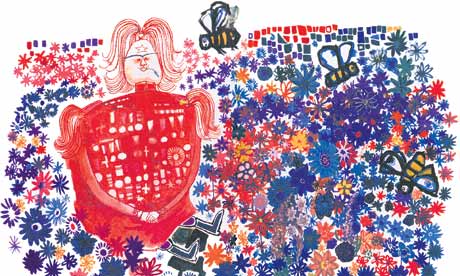Ronnie’s war by Bernard Ashley (Frances Lincoln Children’s
Books, 2010)
ISBN 978-1-84780-162-3
190 pages;
4 sections (Blitzkrieg, Top bunk boy, The American captain, Man of the house)
Subjects:
World War Two, London, England, evacuees, Blitz, Americans, VE Day, junior
fiction (Year 5-8)

Synopsis
When war is declared
in 1939, Ronnie is a boy of eleven. By VE Day, he is a young man who has left
school and is working as a spot welder, although his mother wants him to get an
engineering apprenticeship. In-between times, the story takes us through his
experiences in four separate sections. He is caught in the Blitz, and then evacuated
to a village in Lancashire where he has to cope with a chilly welcome in his
new home and a hostile reception and bullying teacher at school. His father is
called up for the Royal Artillery and goes missing in action,
probably in the Far East. Ronnie and his mother move out of London to another
village in Essex where she gets a job working on an American Air Force base.
The scene where
Ronnie goes to look for his mother is a dramatic description of
the aftermath of an air raid (there is a similar scene in The machine gunners by Robert Westall, when Chas
and his dad make their way across town to try and find out if his grandparents
are still alive.) His relationship with his mother –
its ups and downs, through his teenage years, but their underlying love for and
loyalty to each other – provides a link between the four sections, as does
their ongoing worry and uncertainty about what might have happened to his
father.
There are many small
details that help to build up a convincing picture of life in Britain during
the war. I always enjoy these unexpected details – facts like what happened with the
wartime football league (it was all “guest players and soldiers on leave”, and teams
weren’t allowed to play more than 50km from home), or that the Anderson (air
raid) shelters that people dug in their back yards had blackout curtains
instead of a door. Playground games, lessons, slang and meals all have the ring
of authenticity. It also features one of the few fictional descriptions of VE
Day celebrations that I’ve read (there's another one in Charlotte sometimes by Penelope Farmer).
Reviews:
This review
in the Guardian calls it "a slim, to-the-point volume that proves you don't
need to fell an acre to conjure a convincing fictional world... Four vignettes, then, which quickly yet subtly build a full
picture of what ordinary life was like for a child who spent their entire
adolescence under the cloud of war."
The Historical Novel Society has another review which describes the book (with a few reservations) as "an interesting portrait of a young man in his formative years, which happen to occur against the backdrop of war".
Author’s website
Bernard Ashley lives in London and worked for many years as a teacher and principal. His
first children’s novel was published in 1974 and he has published dozens since
then. One of the most well-known is Little soldier shortlisted for the Carnegie
medal.
He has some
lovely answers to questions here. I
especially like his answer to a question I invariably get asked at every school
visit: Where do you get your ideas from?
"All around me. One of the advantages of living a hectic life
in one of the world's busiest cities is that there's no shortage of drama and
excitement around me. Sometimes comedy, sometimes - sadly - tragedy. I never
use the people I know, but certain themes recur in relationships. In the
creation of characters I use bits of various people. Hitting on the right name
for a character is a great help, like the right costume is to an actor."
And I liked what he said about doing research:
"My liking of
travel is often satisfied by doing research for one of my stories.
I have to get it right! If I say this London bus takes you there you can depend on it being right. And if you can trust me in the practical things I hope you can trust me emotionally, too."
I have to get it right! If I say this London bus takes you there you can depend on it being right. And if you can trust me in the practical things I hope you can trust me emotionally, too."





